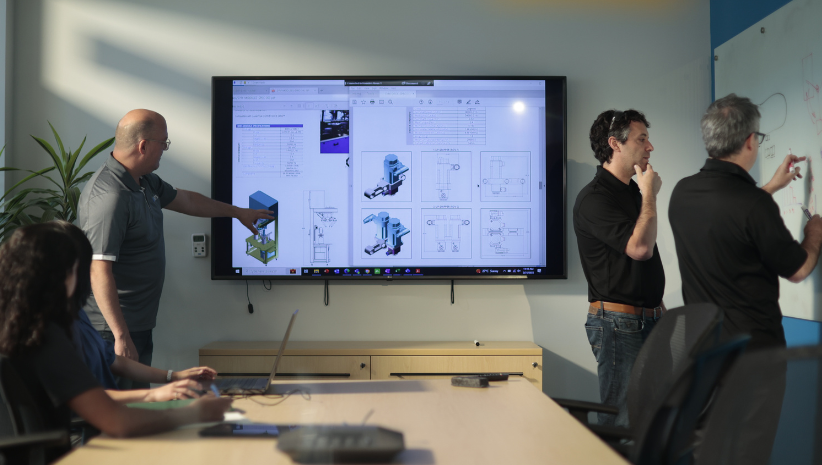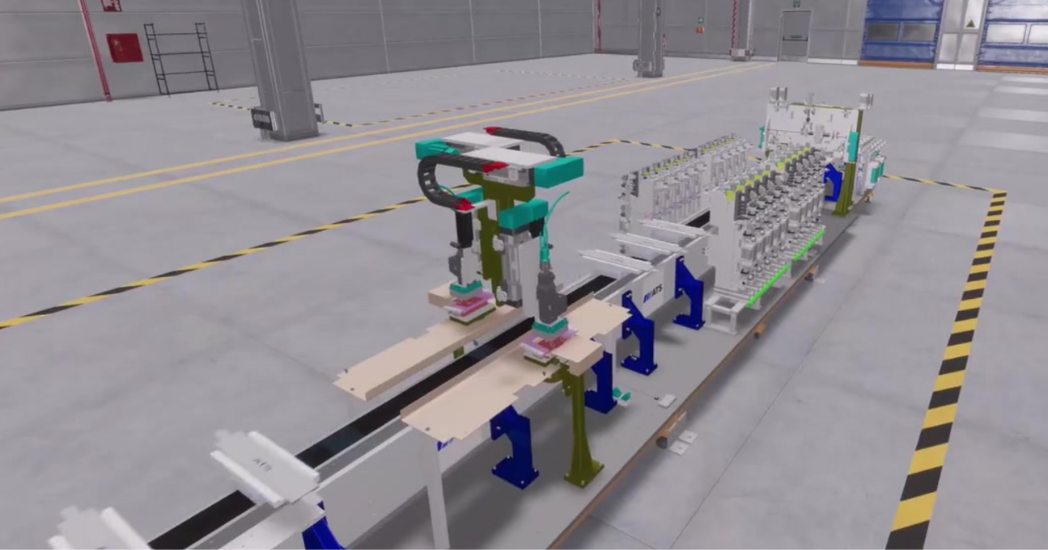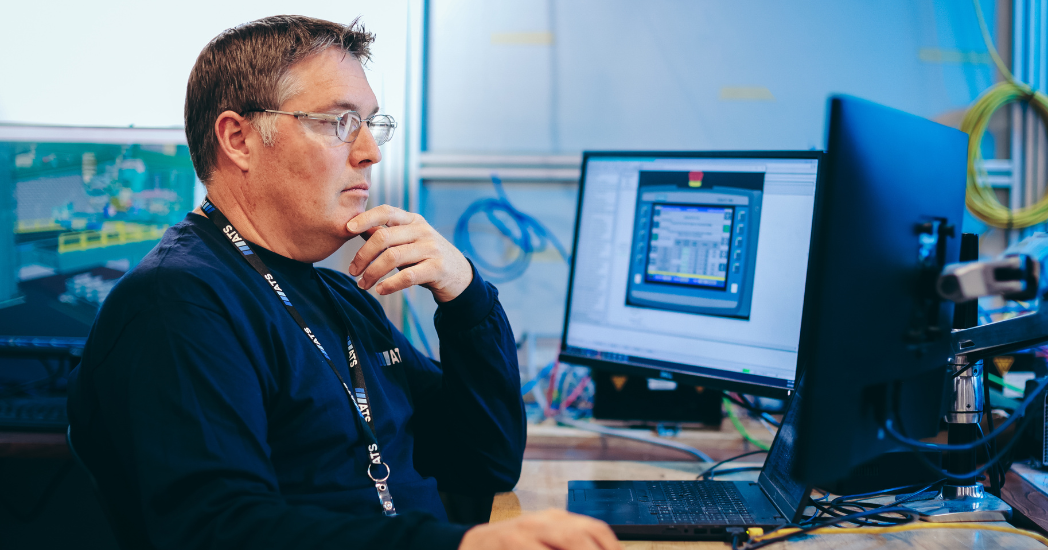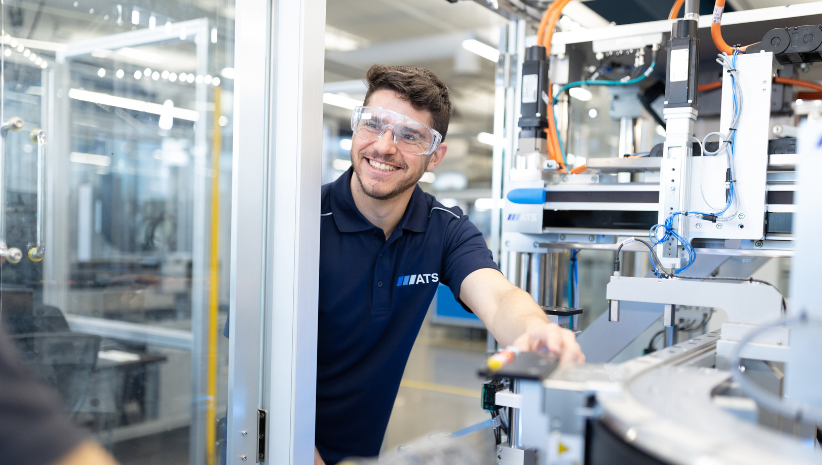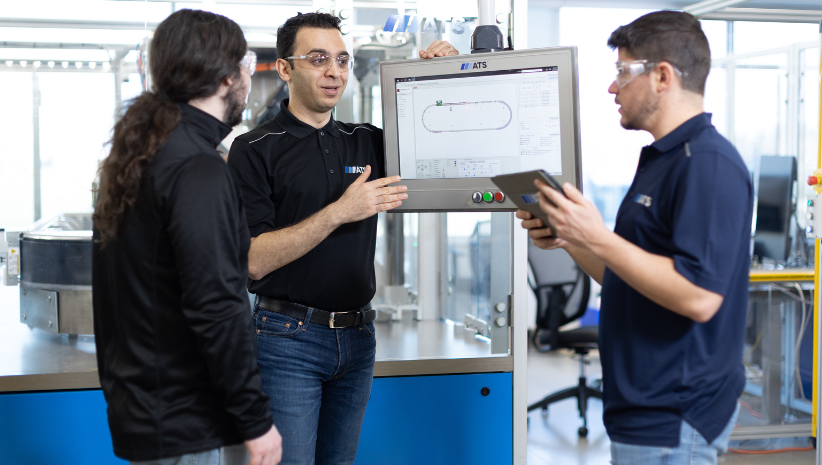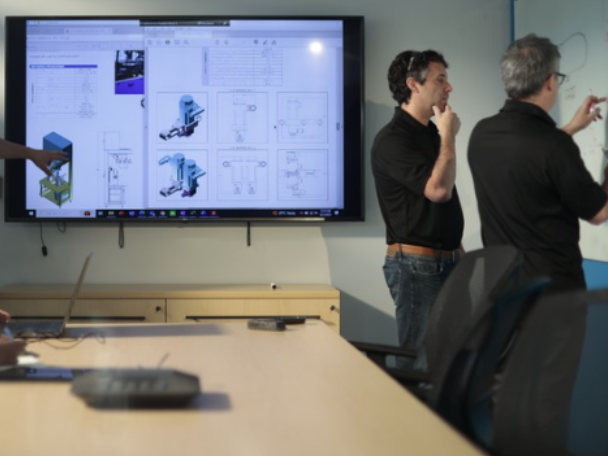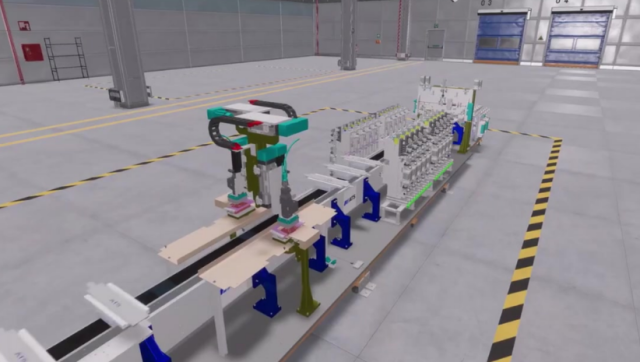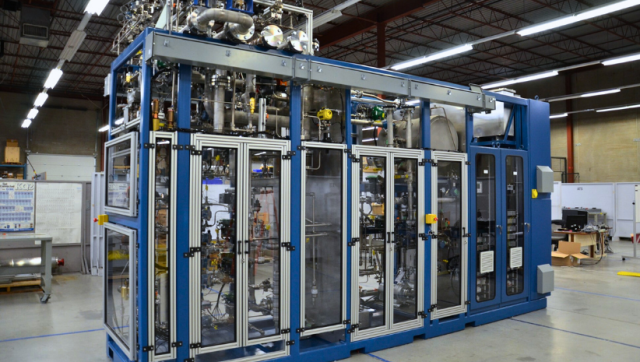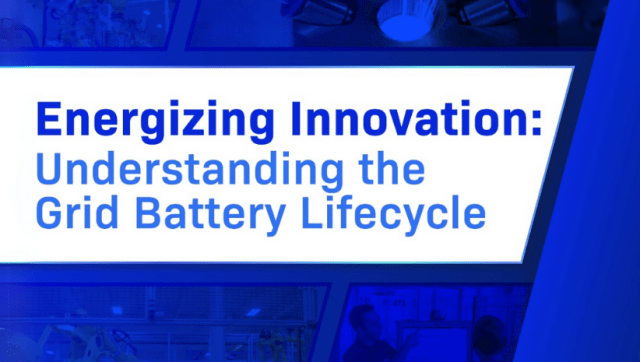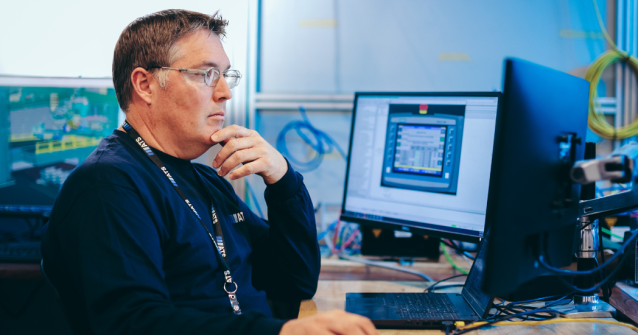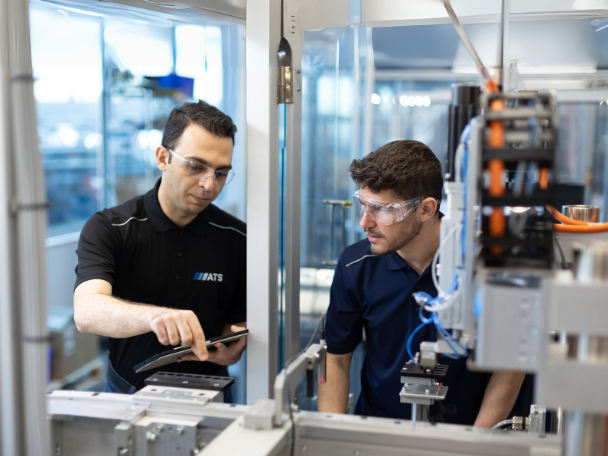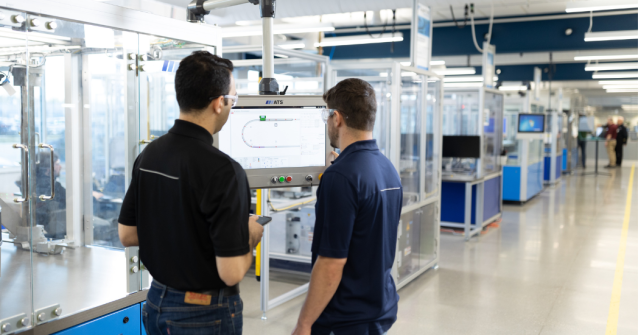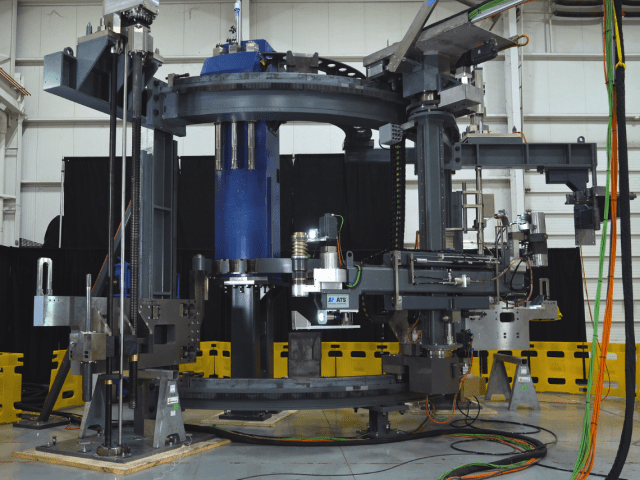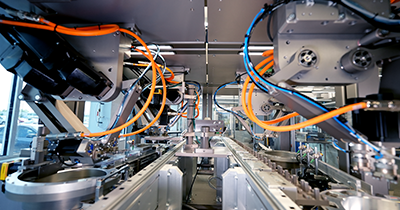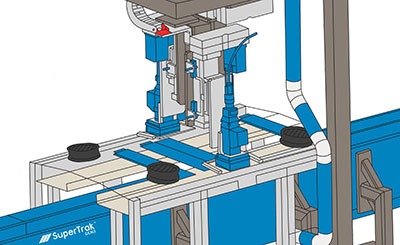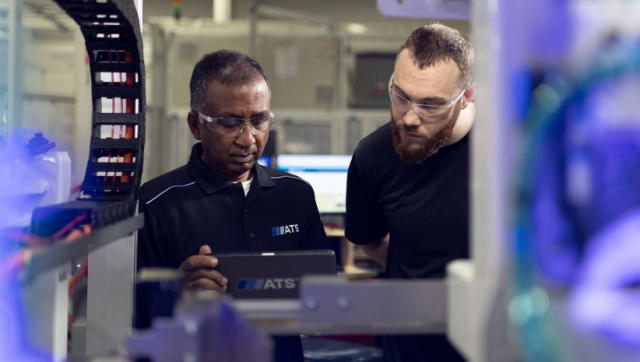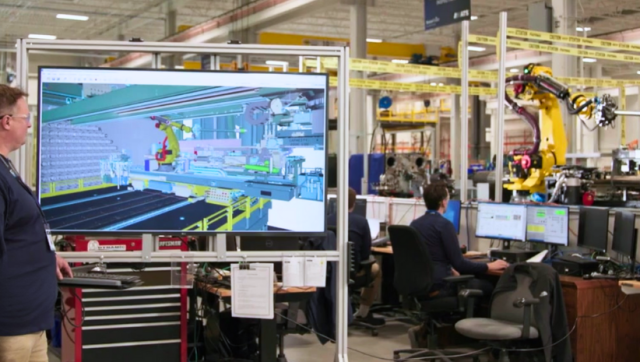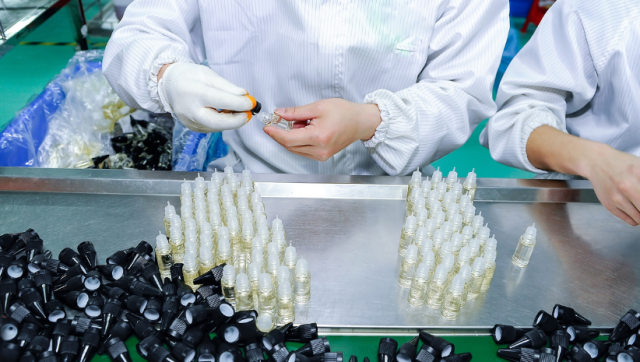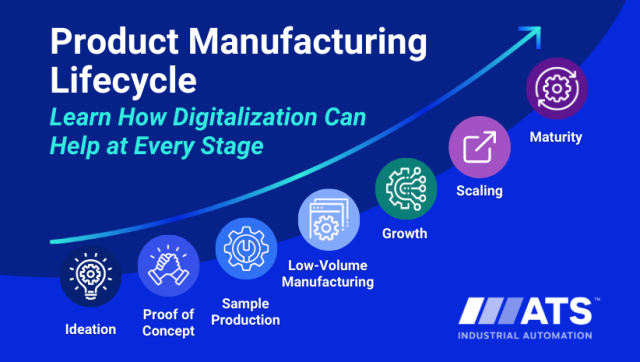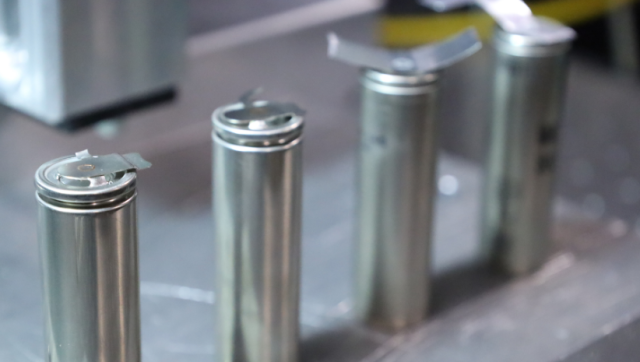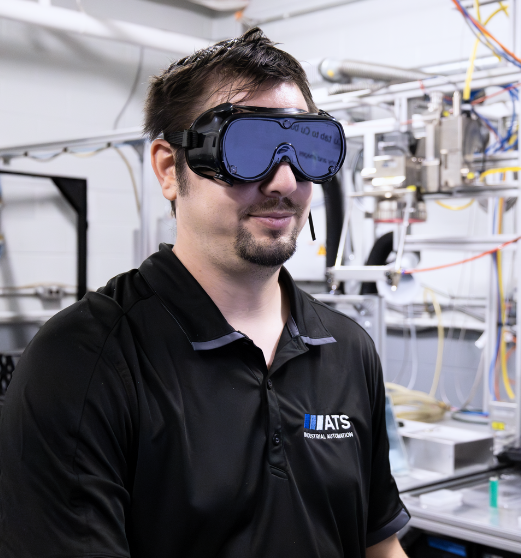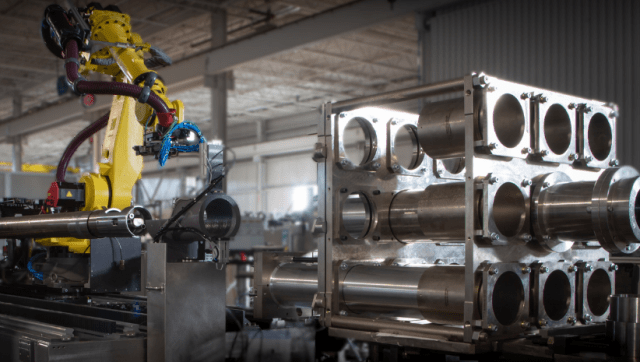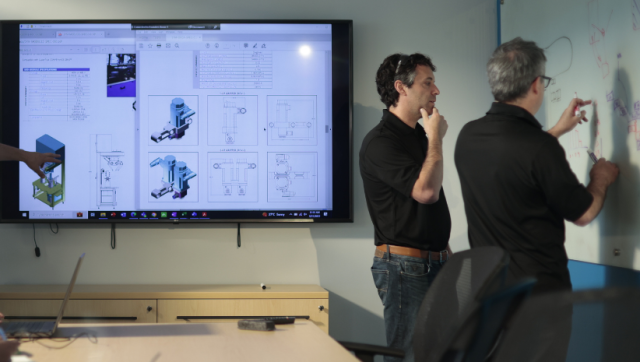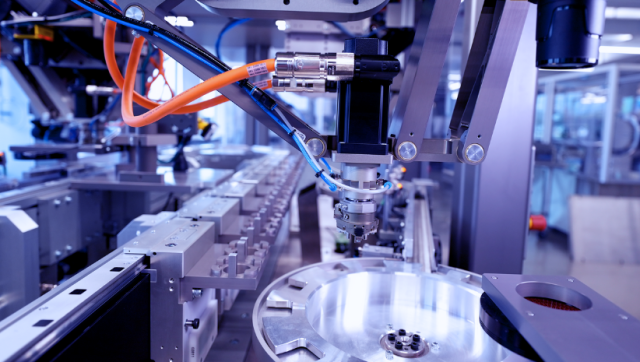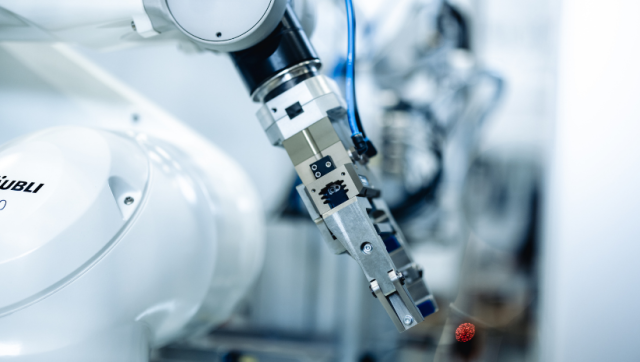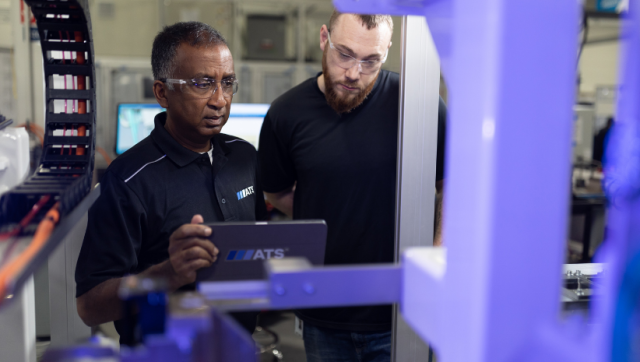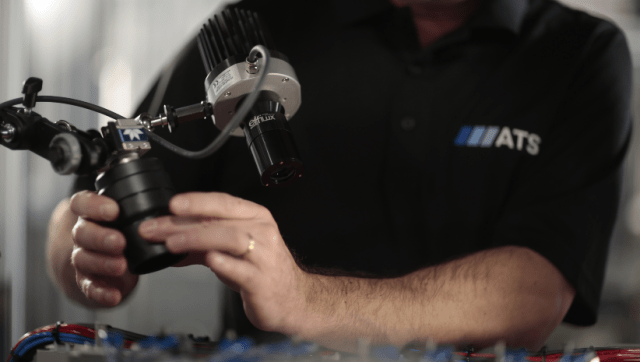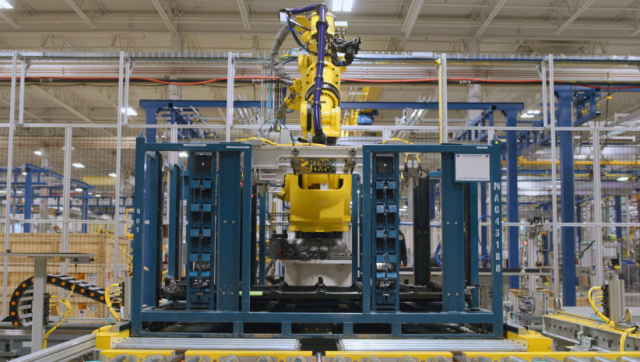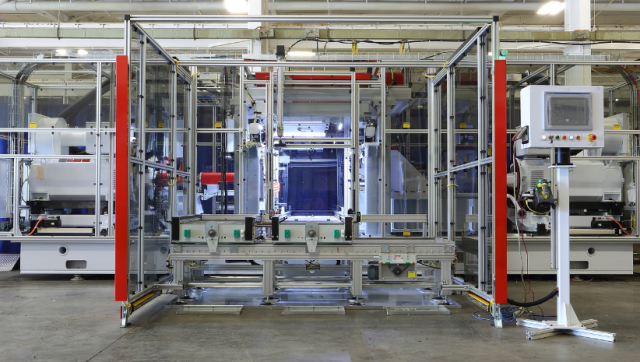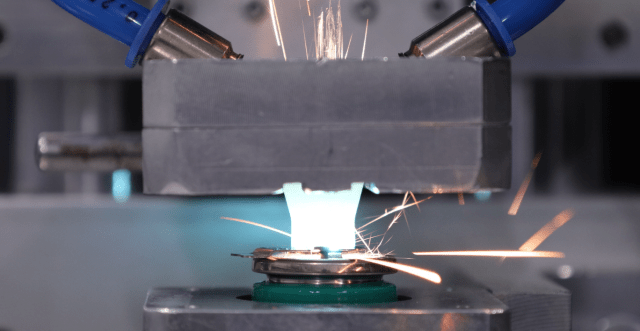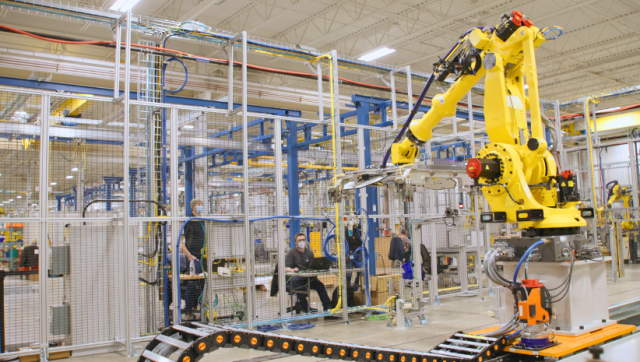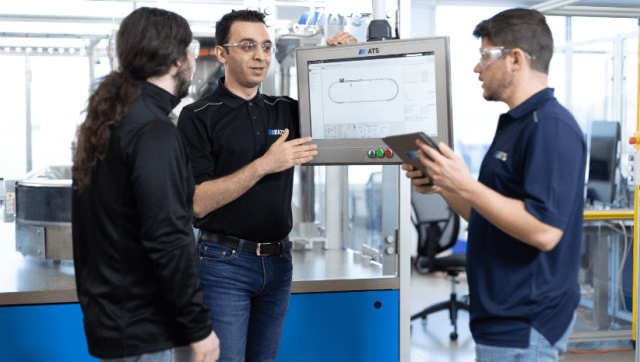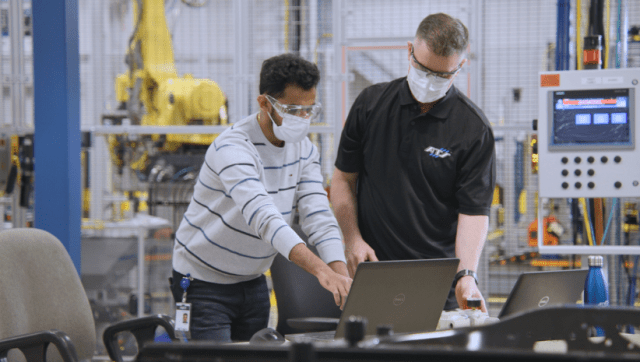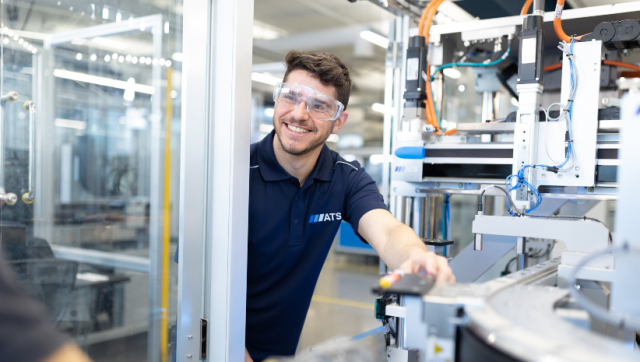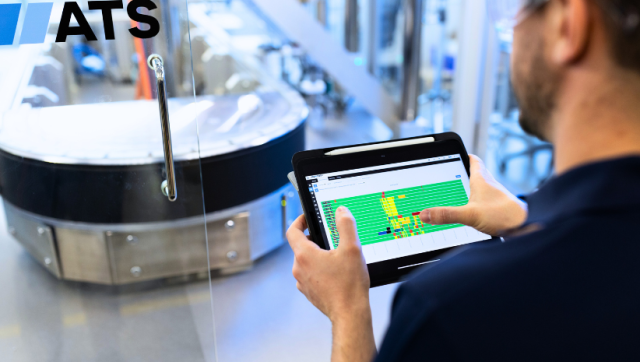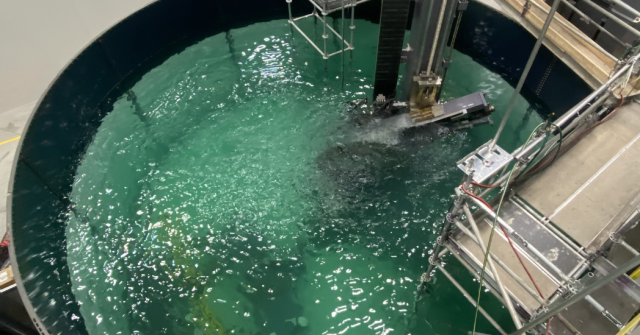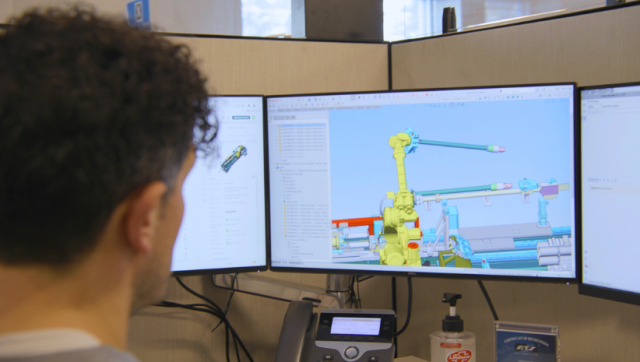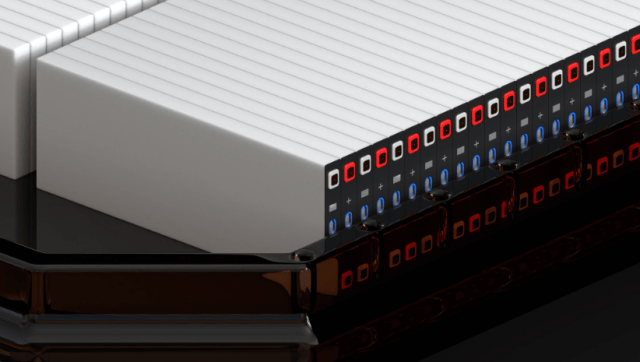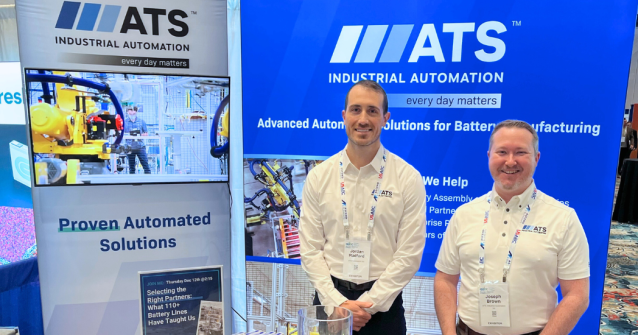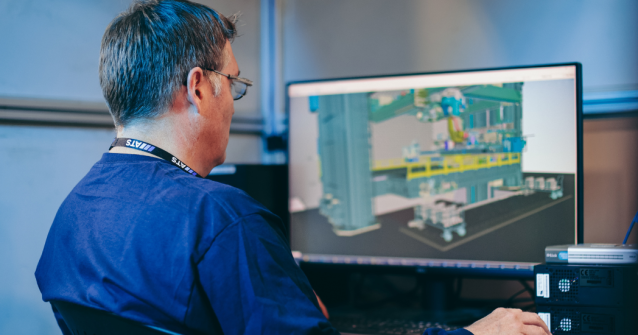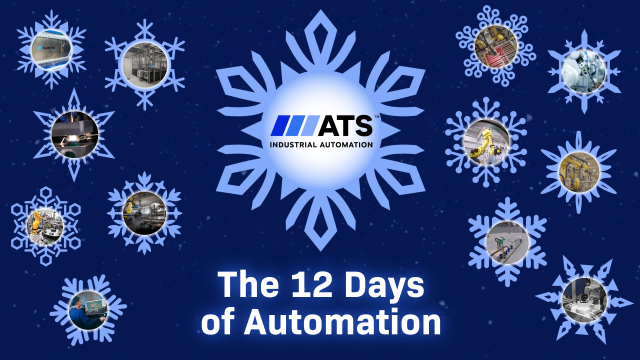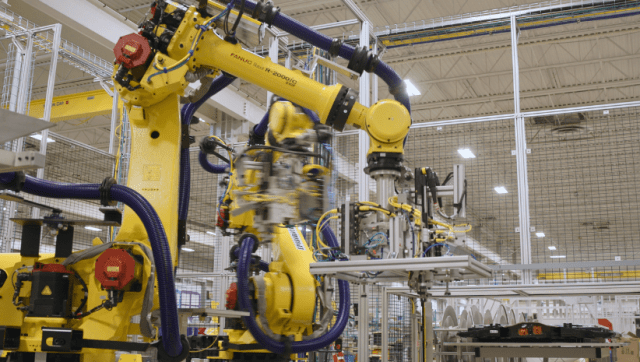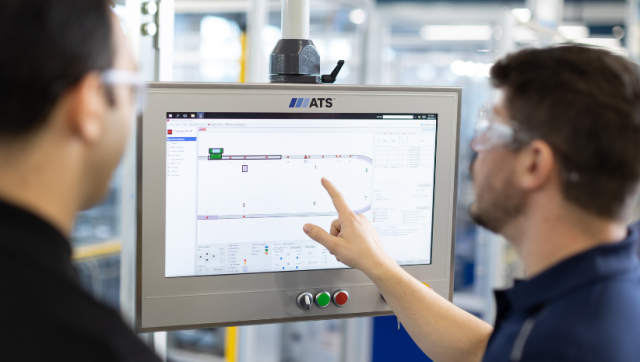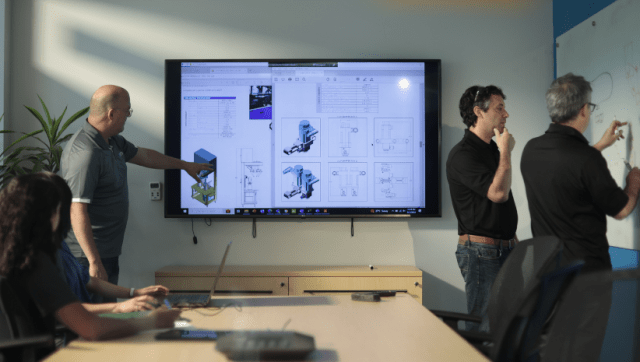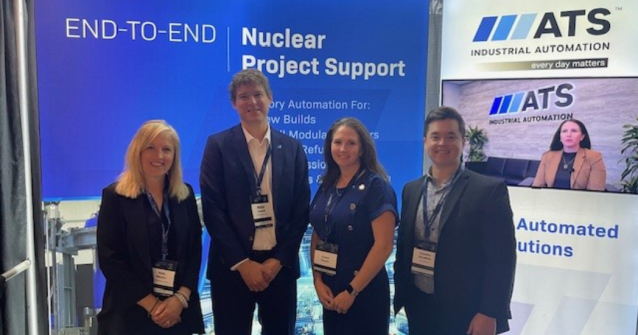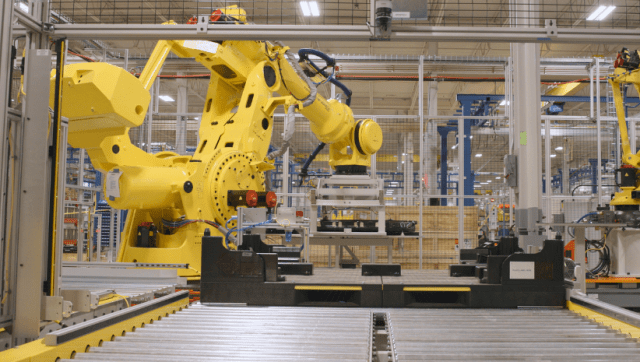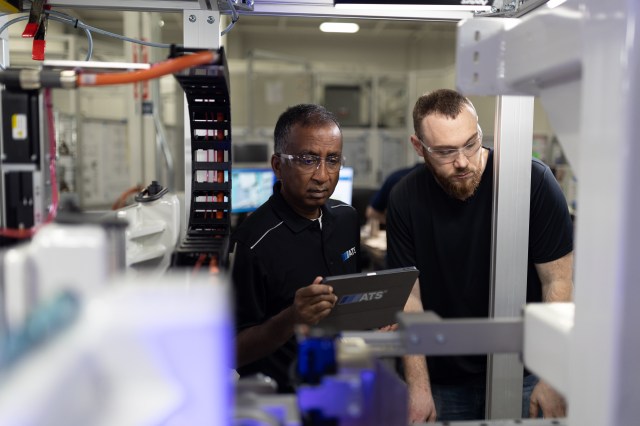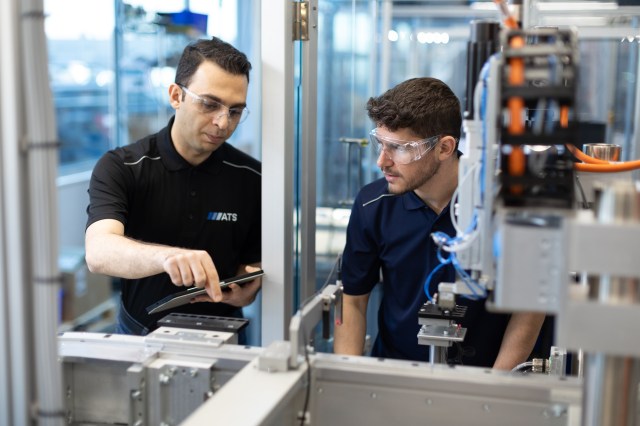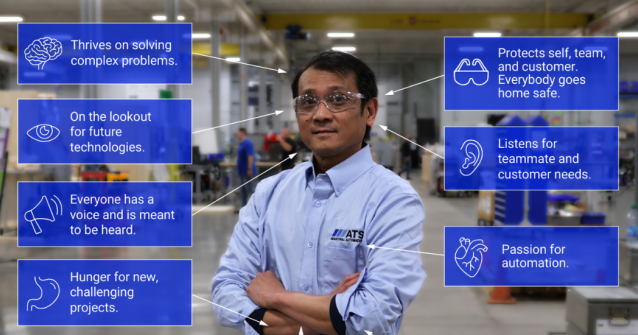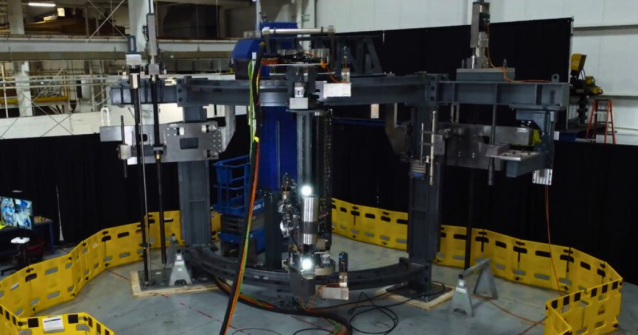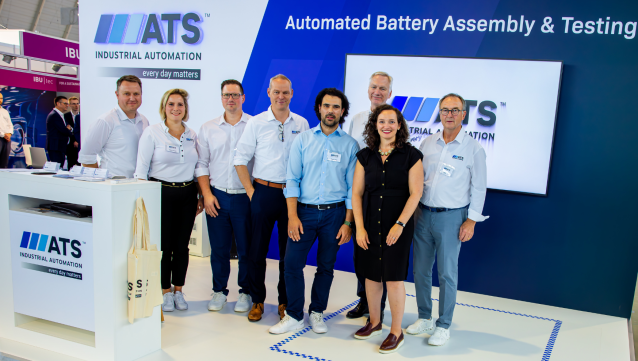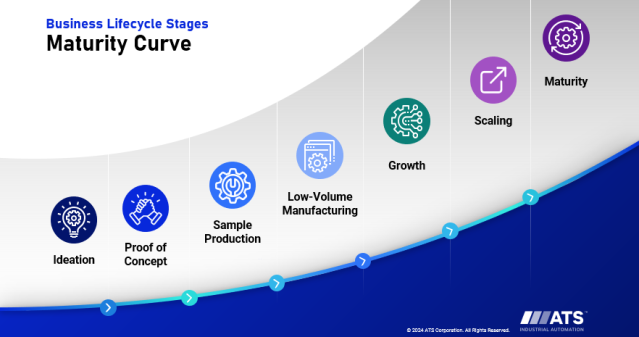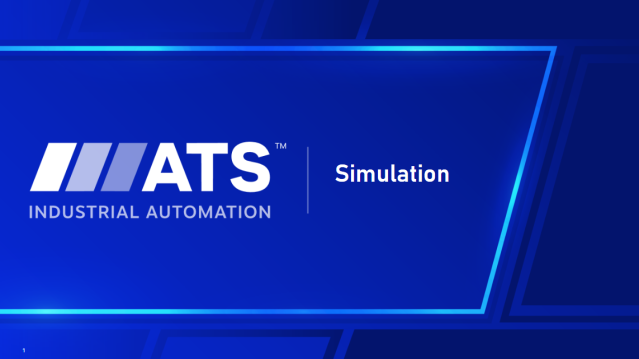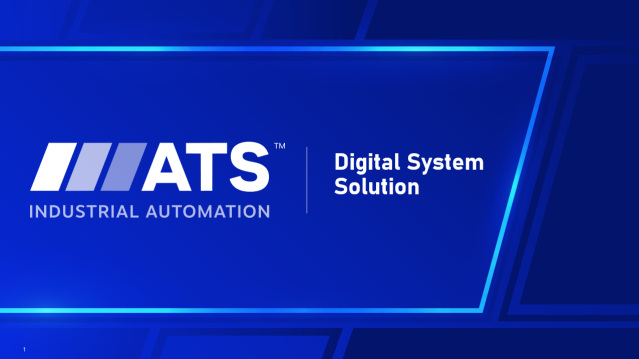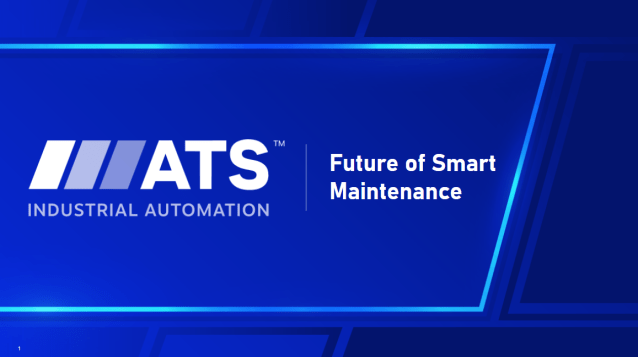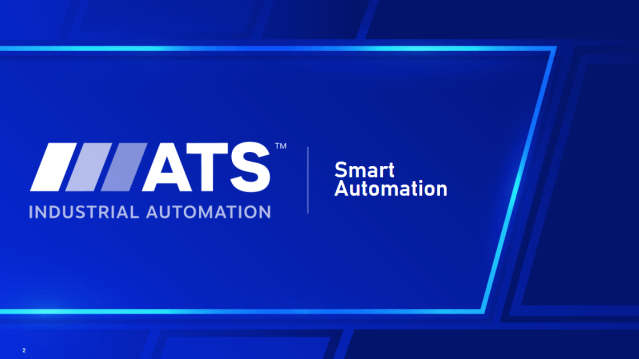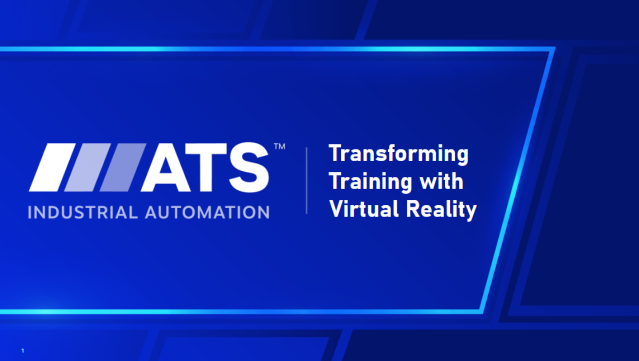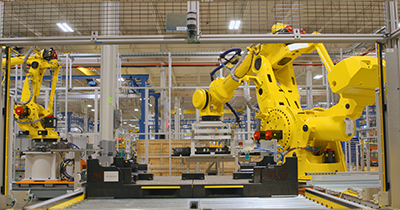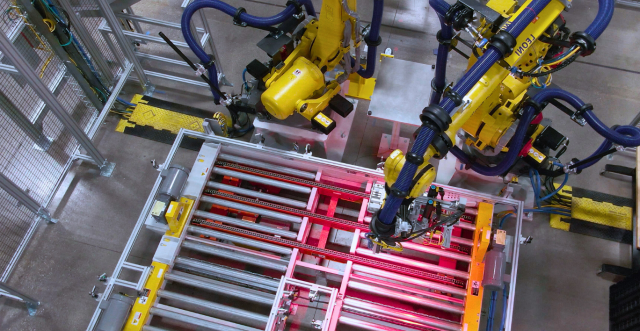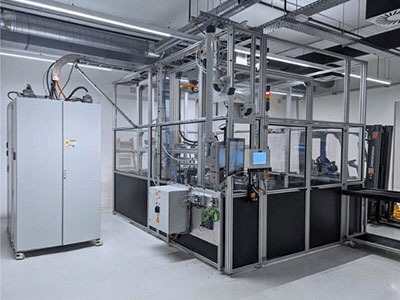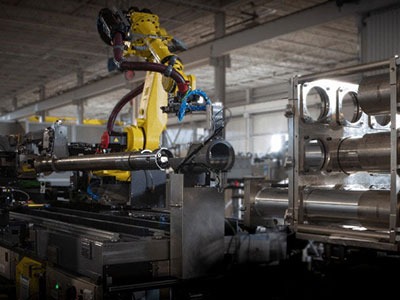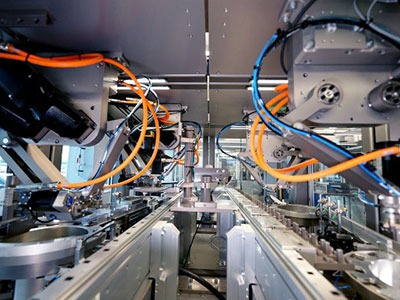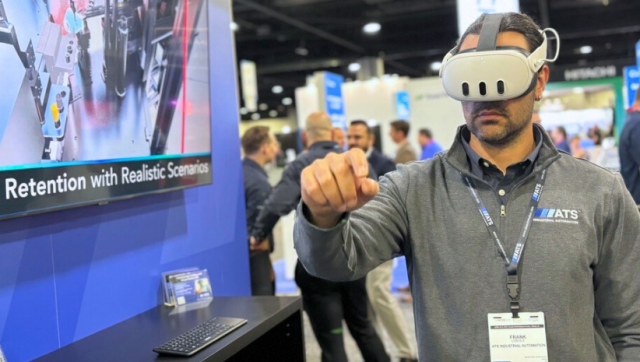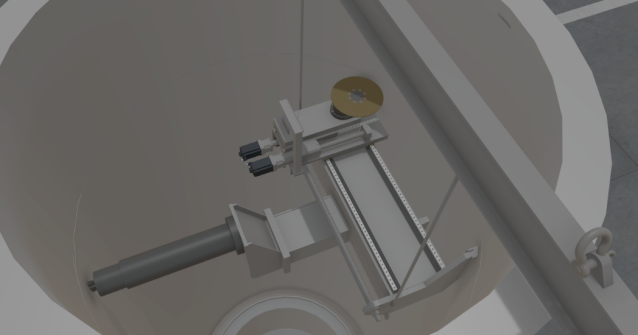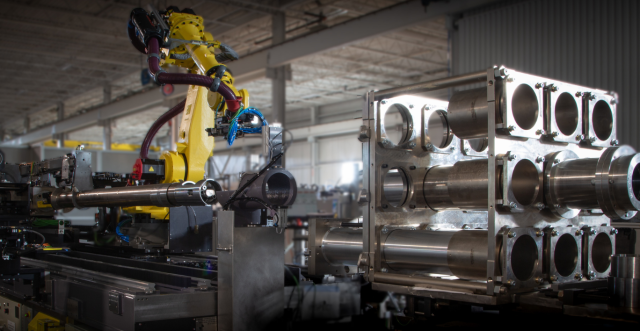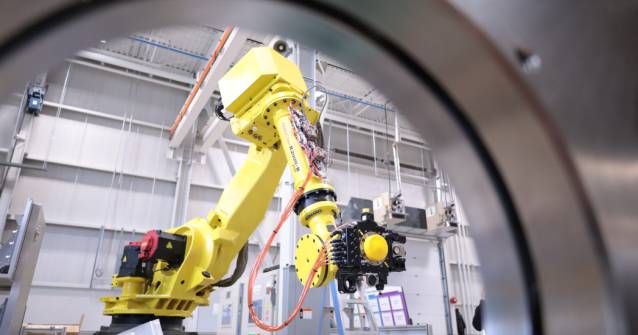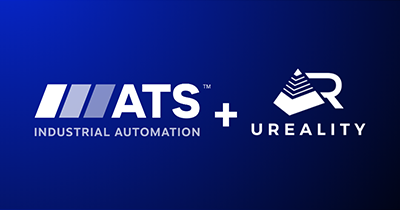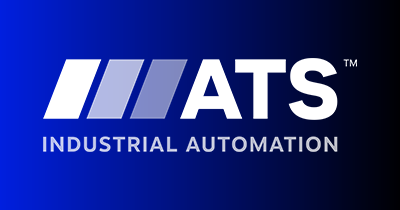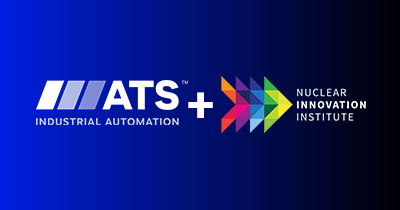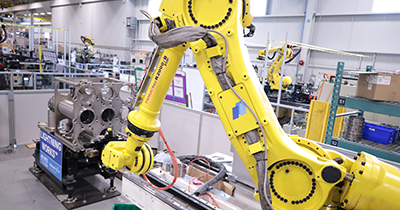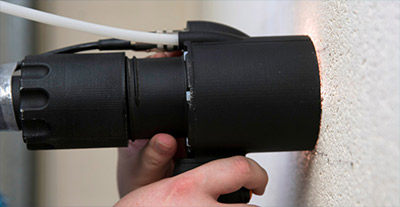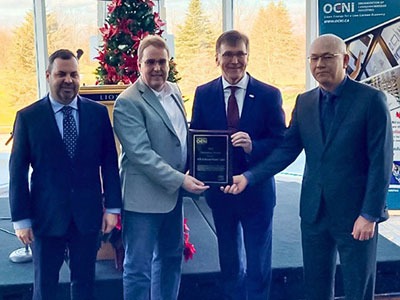
Pre-automation, is a proactive approach involving the development of products and associated manufacturing processes, risk mitigation, and early-stage automation planning. By addressing key production challenges upfront, manufacturers can optimize automation to help reduce time-to-market, improve product quality, and enhance overall efficiency.
Without pre-automation, manufacturers often face significant challenges when trying to scale, including increased costs due to late-stage design changes, longer lead times, and potential production delays. Additionally, the lack of early collaboration between manufacturer and automation provider can result in misaligned goals and expectations between product design and manufacturing teams, leading to costly rework. With extensive experience in pre-automation, ATS Industrial Automation helps manufacturers seamlessly develop comprehensive automation solutions. By partnering with ATS, manufacturers can confidently align product designs with manufacturing goals and drive operational excellence.
Pre-Automation Helps Overcome
Unproven Processes: A comprehensive understanding of existing assembly workflows helps manufacturers avoid automating inefficient processes or redundancies, which can hinder system performance.
High Initial Costs: Pre-automation helps address concerns about purchasing expensive manufacturing systems by planning a clear path to automation and helping to determine the right level of automation.
Production Delays: By identifying potential risks or missing information early, manufacturers can reduce the likelihood of future production holdups.
Safety Concerns: Identifying hazards and solutions for handling them with the right controls in place helps minimize risk to people and the environment.
Every automation project is unique. Allow us to listen to your challenges and share how automation can launch your project on time.
Benefits of Pre-Automation
Early Identification of Issues
Teams can identify and resolve potential roadblocks quickly, reducing potential costly changes and delays later on.
Improved Efficiency
Pre-automation helps streamline the automation process, leading to improved productivity and faster time-to-market.
Enhanced Teamwork
Pre-automation fosters collaboration between design and manufacturing teams, aligning goals and expectations from the start.
Cost Reduction
Proactive planning, process mapping, and defining requirements can help minimize costs by reducing the need for last-minute design changes.
Better Products
Pre-automation helps improve product quality by optimizing manufacturing processes and fixing potential issues ahead of full production.
Measure & Optimize Performance
Manufacturers can see how design iterations will impact performance through simulations of different scenarios.
Requirements Definition
Requirements definition clearly specifies and documents the specific needs and expectations for an automation project. This crucial process in pre-automation ensures all stakeholders share a common understanding of the project goals, helping prevent ambiguity. When all parties define and agree upon the project’s scope upfront, it helps reduce scope creep and the risk of misunderstandings. Additionally, making each requirement verifiable ensures the final system can be tested to confirm it meets the manufacturer’s needs.
ATS brings a unique offering to the requirements definition process through its structured approach, leveraging extensive experience in engineered-to-order automation systems. By defining and documenting project requirements upfront, ATS helps keep the project on schedule and within budget, giving the manufacturer a more efficient and cost-effective solution.
Design for Manufacture & Assembly
Design for Manufacture and Assembly (DFMA) is a strategic approach that focuses on designing products with manufacturing and assembly in mind. By incorporating these principles during the product development phase, manufacturers can identify potential production issues before they arise, ensuring a smoother transition from prototype to high-volume production.
DFMA also helps address the risk of production line delays. Products that were successfully manufactured in a small batch or a low-volume setting may encounter issues when scaled up, leading to defects and the need for rework or new assembly and test equipment.
Our proven DFMA methodologies and advanced tools deliver effective solutions, including thorough evaluation and planning, manufacturing concept development, simulations, prototyping, and product and process development support. These methods help manufacturers tackle roadblocks early and facilitate a smoother launch.
Concept Development & Simulation
Concept development and simulation involves creating and testing initial ideas to ensure they are feasible for manufacturing. This includes developing high-level concepts, creating 3D models, and using simulation to understand the system performance of these concepts. By proactively experimenting with digital models, concept development and simulation helps optimize designs and create the best possible system design.
Concept development and simulation help mitigate risk. By experimenting with digital models, manufacturers reduce the risk of costly errors during the design and implementation stages. Simulation also helps identify bottlenecks, optimize layouts, processing times, and line balancing.
By optimizing designs early, ATS experts help manufacturers save on system development costs and avoid expensive rework, increasing the likelihood that the final design meets the manufacturer’s needs.
Technical Risk Assessment
A technical risk assessment helps confirm that a design concept will meet manufacturer requirements—without incurring commercial loss or resource challenges during execution. This process involves identifying technical risks, assessing them, and developing mitigation strategies.
Outlining potential risks early in the project reduces the likelihood of costly delays. Additionally, it provides a structured approach to developing mitigation strategies, so manufacturers can manage resources well and confidently move the project forward.
ATS experts facilitate thorough risk assessments, underscoring our comprehensive approach to automation. This effort helps effectively manage risks, reduce rework, and ensure the final automated solution supports the manufacturer’s goals.
Proof of Principle Studies
Proof of Principle (POP) studies, sometimes referred to as Proof-of-Concept (POC), help manufacturers evaluate potential designs and establish process capabilities before final integration. These studies test and validate whether the proposed automation can execute all required processes. By conducting POP studies during the development phase, manufacturers can optimize part and product performance, leading to scalable solutions and adaptable production workflows.
POP studies help address uncertainties in automation, like whether an automation concept is viable. These studies mitigate risks by verifying performance early, saving critical time during final equipment implementation, and ensuring the final design can be produced at high volumes.
Our holistic approach to POP gives manufacturers access to real-time insights, providing actionable recommendations to help improve product design, processes, or testing before actual implementation. This ensures any proposed automated solutions are more reliable, repeatable, and capable of meeting your manufacturing goals.
Validation Planning
Validation planning is a structured approach that confirms whether all automated equipment, processes, and final products meet required specifications. Detailed plans for validation activities, including commissioning, qualification, and testing, enable manufacturers to comply with industry standards, regulatory requirements and their customers’ expectations.
Our approach to validation planning verifies that all activities are conducted efficiently and effectively, minimizing project implementation timelines. By providing a detailed validation plan that covers all aspects of the project—from requirements definition to final acceptance testing — we empower manufacturers to confidently operate at scale and bring high quality products to market.
Business Case
A business case enables manufacturers to create a detailed justification for investing in new capital equipment. It analyzes the potential benefits, costs, and risks associated with the investment to make sure it aligns with the manufacturer’s strategic goals and provides a clear return on investment (ROI).
A business case addresses investment uncertainties, such as whether purchasing new capital equipment is financially viable or strategically sound. It can also help optimize capital investment over time, preventing over or under-spending.
With experience in developing comprehensive business cases, we help each manufacturer align investments in automation with their strategic goals. This provides a more realistic understanding of the upfront and ongoing cost of ownership and its returns, leading to better decision-making and more successful project outcomes.
Prototype Equipment
Prototype equipment involves creating and testing initial versions of machinery to validate design and functionality before increasing production volumes. This is often done alongside evolving product designs or process changes, driving continuous improvement. Prototype equipment helps manufacturers identify and resolve potential issues early, ensuring the final high-volume machinery performs as expected.
By testing with prototype equipment, manufacturers can uncover challenges that may arise when scaling up and make necessary adjustments before transitioning into full production.
With extensive experience in developing and testing prototype equipment, we help manufacturers identify and resolve issues early. This allows for a smoother transition to high-volume manufacturing and reduces the chance of costly changes. Our expertise in handling new product iterations and process changes also ensures that prototype equipment can be adapted to meet the manufacturer’s requirements now and in the future.



